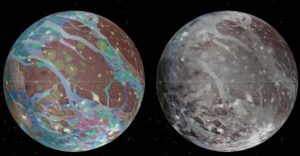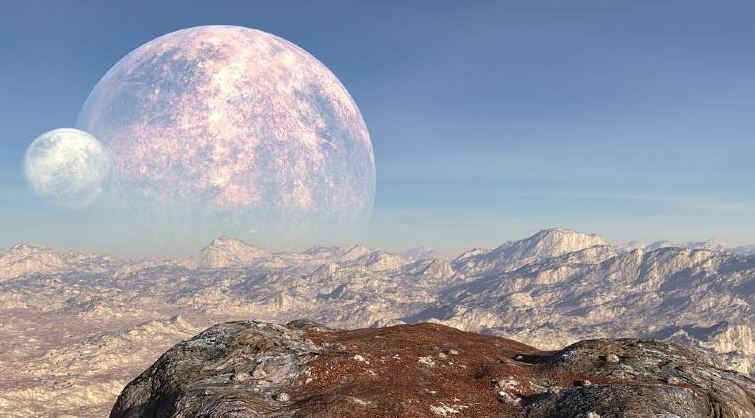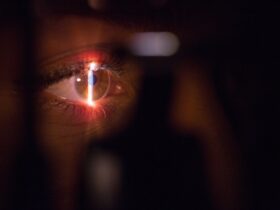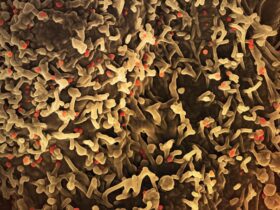NASA’s new mission will finally take us closer to Jupiter’s moon Ganymede. Today (June 7), spacecraft Juno will reach within 1,038 kilometres (645 miles) of Ganymede’s surface.Â
Juno will be the first mission to provide a close encounter with Jupiter’s largest moon after more than two decades. Also, the flyby will be the closest-ever a spacecraft has reached the Solar System’s most giant natural satellite.
Here is what you need to know.
Juno’s Mission Details: What to Expect
Juno will have to examine Ganymede’s structure, ionosphere, ice shell, and magnetosphere. The spacecraft carries many sensitive instruments capable of watching over Jupiter’s moon in ways never before possible.
The right science tools
NASA equipped the spacecraft with an Ultraviolet Spectrograph (UVS) and Jovian Infrared Auroral Mapper (JIRAM), and a Microwave Radiometer (MWR).

Signals from Juno’s KA-band and X-band radio wavelengths will be needed to get a radio occultation experiment to survey Ganymede’s ionosphere. But that’s not all.
Dustin Buccino is a signal analysis engineer for the Juno mission at JPL. He released a statement explaining:
“[…] As Juno passes behind Ganymede, radio signals will pass through Ganymede’s ionosphere, causing small changes in the frequency…”
Capture everything on camera
Juno carries three cameras that are expected to capture and explore Ganymede like never before.
The spacecraft’s SRU (Stellar Reference Unit) navigation camera, for example, must keep the Jupiter orbiter on course and collect enough data on the high-energy radiation environment.Â
The Advanced Stellar Compass, the second camera, will have to count every quarter of a second the energetic electrons that reach its shielding.Â
Finally, the third camera, dubbed the JunoCam imager, will have to capture Ganymede in all its glory. The camera will shot pictures at a resolution similar to Galileo and Voyager.Â
NASA’s Juno will surely bring essential new data of Ganymede, helping astronomers figure out more things about the intriguing moon.












Leave a Reply